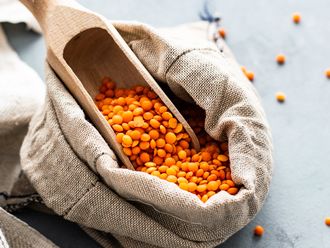
If you’ve ever seen a hummingbird, you know that even its simplest actions can mesmerise. With its iridescent plumage and rapidly beating wings, the agile hummingbird is the only bird that can fly backward. But it can do something else, too, that is even more remarkable.
Click start to play today’s Word Search, where you can pick out the “hummingbird” from an aviary of bird words.
Scientists have known for a long time that birds likely have better colour vision than humans do. Humans are trichromatic: our eyes have three types of cones or colour-sensitive receptors – red, blue and green. But birds have four cones, and that means they can probably see colours that we cannot. Until last year, little research was conducted into what birds can actually see.
But in a June 2020 study published in the US-based journal Proceedings of the National Academy of Sciences, scientists carried out a series of experiments with broad-tailed hummingbirds and found that they could discern not just the colours of the rainbow (spectral hues), which is the limit of what humans can see, but also non-spectral hues, which include colours from the ultraviolet spectrum, like UV-red and UV-green.
The series of experiments were conducted over two years and tallied some 6,000 hummingbird visits. Scientists set up tube bird feeders and fitted them with LED devices. One set of feeders held a small amount of sugary water (the preferred taste for hummingbirds) and the other held plain water.
The researchers found that the hummingbirds quickly learned to associate one colour with sweet sips of water, and the other with the less attractive plain water. They consistently chose the sweet tasting water, and picked the right feeder. Even though the colours looked exactly the same to humans, the hummingbirds could tell the difference between the UV-green feeder and the regular green feeder.
Scientists also found that hummingbirds are able to see 30 per cent of birds’ plumage and 35 per cent of plant colours in non-spectral hues – colours that we humans cannot even imagine. By doing so, they are able to locate a variety of plants and spot nectar they are looking for.
Did you know about these avian superpowers? Play today’s Word Search and tell us at games@gulfnews.com.








